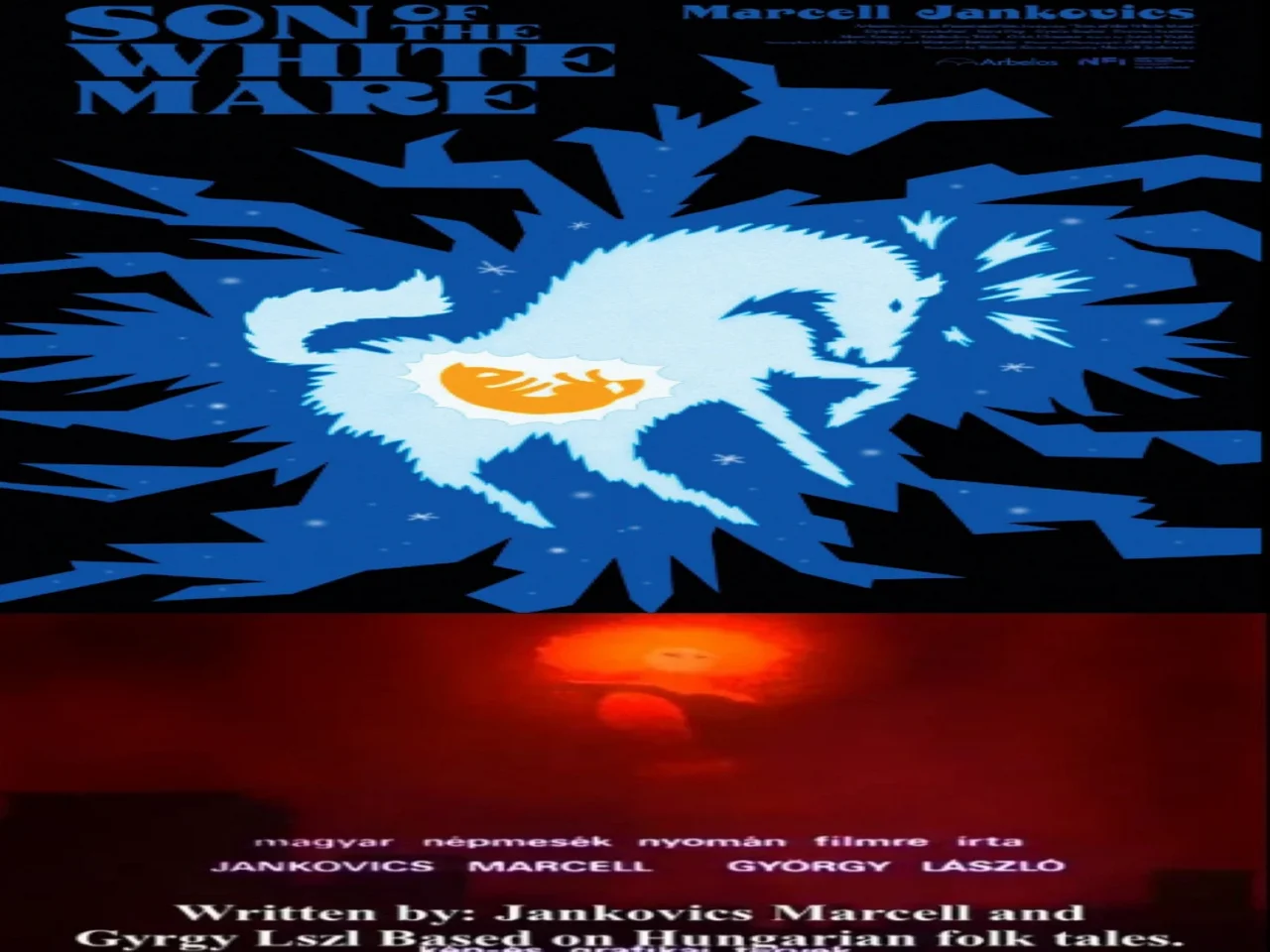Published By
Created On
12 Nov 2023 20:31:30 UTC
Transaction ID
Cost
Safe for Work
Free
Yes
More from the publisher
feynman-bits-and-pieces-jiggling
??????? ???????
Richard Phillips Feynman (/ˈfaɪnmən/; May 11, 1918 – February 15, 1988) was an American theoretical physicist, known for his work in the path integral formulation of quantum mechanics, the theory of quantum electrodynamics, the physics of the superfluidity of supercooled liquid helium, as well as his work in particle physics for which he proposed the parton model. For contributions to the development of quantum electrodynamics, Feynman received the Nobel Prize in Physics in 1965 jointly with Julian Schwinger and Shin'ichirō Tomonaga.
https://en.wikipedia.org/wiki/Richard_Feynman.
Feynman developed a widely used pictorial representation scheme for the mathematical expressions describing the behaviour of subatomic particles, which later became known as Feynman diagrams. During his lifetime, Feynman became one of the best-known scientists in the world. In a 1999 poll of 130 leading physicists worldwide by the British journal Physics World, he was ranked the seventh greatest physicist of all time.
He assisted in the development of the atomic bomb during World War II and became known to a wide public in the 1980s as a member of the Rogers Commission, the panel that investigated the Space Shuttle Challenger disaster. Along with his work in theoretical physics, Feynman has been credited with pioneering the field of quantum computing and introducing the concept of nanotechnology. He held the Richard C. Tolman professorship in theoretical physics at the California Institute of Technology.
Feynman was a keen popularizer of physics through both books and lectures, including a 1959 talk on top-down nanotechnology called There's Plenty of Room at the Bottom and the three-volume publication of his undergraduate lectures, The Feynman Lectures on Physics. Feynman also became known through his semi-autobiographical books Surely You're Joking, Mr Feynman! and What Do You Care What Other People Think?, and books written about him such as Tuva or Bust! by Ralph Leighton and the biography Genius: The Life and Science of Richard Feynman by James Gleick.
Feynman played an important role in the Presidential Rogers Commission, which investigated the Challenger disaster. He had been reluctant to participate but was persuaded by advice from his wife. Feynman clashed several times with commission chairman William P. Rogers.
Feynman clashed several times with commission chairman William P. Rogers. During a break in one hearing, Rogers told commission member Neil Armstrong, "Feynman is becoming a pain in the ass."
“Nobody ever figures out what life is all about, and it doesn't matter. Explore the world. Nearly everything is really interesting if you go into it deeply enough.”
“Study hard what interests you the most in the most undisciplined, irreverent and original manner possible.”
“You have no responsibility to live up to what other people think you ought to accomplish. I have no responsibility to be like they expect me to be. It's their mistake, not my failing.”
― Richard P. Feynman, Surely You're Joking, Mr. Feynman!: Adventures of a Curious Character
“Physics is like sex: sure, it may give some practical results, but that's not why we do it.”
“I have a friend who's an artist and has sometimes taken a view which I don't agree with very well. He'll hold up a flower and say "look how beautiful it is," and I'll agree. Then he says "I as an artist can see how beautiful this is but you as a scientist take this all apart and it becomes a dull thing," and I think that he's kind of nutty. First of all, the beauty that he sees is available to other people and to me too, I believe. Although I may not be quite as refined aesthetically as he is ... I can appreciate the beauty of a flower. At the same time, I see much more about the flower than he sees. I could imagine the cells in there, the complicated actions inside, which also have a beauty. I mean it's not just beauty at this dimension, at one centimetre; there's also beauty at smaller dimensions, the inner structure, also the processes. The fact that the colours in the flower evolved in order to attract insects to pollinate is interesting; it means that insects can see the colour. It adds a question: does this aesthetic sense also exist in the lower forms? Why is it aesthetic? All kinds of interesting questions which the science knowledge only adds to the excitement, the mystery and the awe of a flower. It only adds. I don't understand how it subtracts.”
― Richard P. Feynman, The Pleasure of Finding Things Out: The Best Short Works of Richard P. Feynman
“I learned very early the difference between knowing the name of something and knowing something.”
“The first principle is that you must not fool yourself and you are the easiest person to fool.”
“Religion is a culture of faith; science is a culture of doubt.”
“I... a universe of atoms, an atom in the universe.”
― Richard P. Feynman
#Shorts #Richard #Feynman
...
https://www.youtube.com/watch?v=QMaq6WOUuVw
Transaction
Created
4 weeks ago
Content Type
Language
video/mp4
